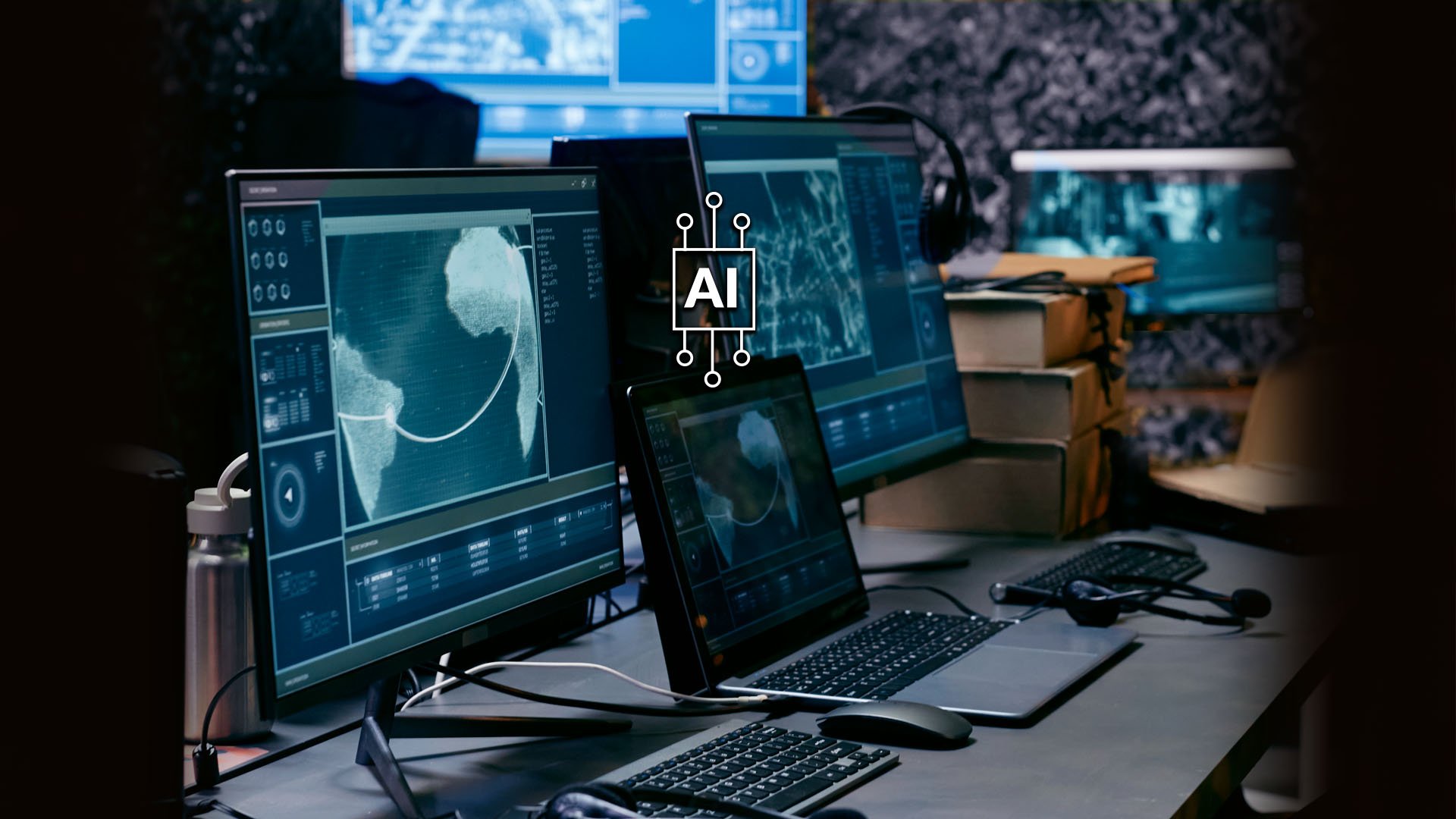On October 14, 2025, the inevitable occurred: Microsoft officially ended support for its Windows 10 operating system. This is not just a software lifecycle event; it is an inflection point that immediately and drastically expands the global attack surface, creating a new hunting ground for threat actors.
For cybersecurity professionals, the announcement from Microsoft means the risk associated with unpatched systems has moved from a vulnerability management challenge to a critical, systemic threat. The problem isn't just the organizations that shouldn't be running Windows 10 but still are; it's the millions of unsupported consumer devices now joining the ranks of easily exploitable targets.
The enterprise crisis: legacy risk management
While every security team hopes their organization has completed its migration to Windows 11, the reality of technical debt, budget constraints, and specialized hardware means that a significant number of corporate devices are now operating on borrowed time.
"When it comes to Windows 10 end-of-life (EOL), we might find ourselves in a philosophical crisis and wrestling with the words of Sartre or Descartes trying to understand what end-of-life means for us," said James Maude, Field CTO at BeyondTrust. "To some organizations, Windows 10 is already long dead, as they have moved on to new hardware and Windows 11, making full use of TPMs and enhanced security. However, to other organizations, Windows 10 is not only alive and well, but shows no signs of retirement due to critical business dependencies on these systems."
Maude continued, "This is reflected in Microsoft's rapidly changing stance on Extended Support Updates which are normally a paid option to keep your operating system on life support with a paid subscription to security updates beyond the official end-of-life or support period. In the European Economic Area (EEA), this decision to require subscriptions and conditions to receive future security updates was challenged, resulting in Microsoft now offering the Extended Security Updates for free until 2026. Unfortunately, it appears that this offer is specific to the EEA, resulting in some challenges for more global organizations."
He added, "While some may be breathing a sigh of relief to receive another year of updates, they should use this time wisely to begin migrations. The Microsoft Vulnerabilities Report published annually by BeyondTrust shows that while the security posture of these operating systems, including Windows 10, has improved significantly over the years, there are plenty of vulnerabilities still being uncovered, so a future of unpatchable systems is best avoided."
For businesses, the end of Windows 10 support carries three immediate, severe consequences:
-
Zero-day vulnerability exposure: The most critical impact is the immediate cessation of security updates. Every new flaw, every newly discovered zero-day that affects the Windows 10 kernel or underlying components will never be patched by Microsoft. Threat intelligence suggests that attackers will specifically reverse-engineer Windows 11 patches to find the corresponding, now-permanent holes in the Windows 10 codebase.
-
Prime attack vector: These unpatched systems become the new low-hanging fruit for initial access brokers and ransomware groups. This elevates the risk of successful lateral movement within any corporate network that still hosts a Windows 10 machine.
-
Compliance and audit failures: For organizations bound by strict regulatory frameworks—such as HIPAA, PCI DSS, or GDPR—running unsupported operating systems is an automatic compliance failure. Maintaining security and receiving vendor support are non-negotiable requirements.
-
Healthcare (HIPAA): A Windows 10 workstation handling electronic protected health information (ePHI) is immediately deemed non-compliant, exposing the organization to crippling penalties and data breach liability.
-
Financial Services (PCI DSS): Any Windows 10 machine involved in storing, processing, or transmitting cardholder data (CDE) renders the environment non-compliant, threatening the ability to accept payments.
-
-
The ESU dilemma—a pricey delay tactic: Microsoft has offered the Extended Security Update (ESU) program, allowing organizations to pay for security patches for up to three years. CISOs should view ESU not as a solution but as an expensive temporary bridge. Relying on ESU without an aggressive migration plan is merely deferring the inevitable risk and budget shock.
The personal digital shadow risk to the general public
For the general public—including the families and friends of cybersecurity professionals—the Windows 10 EOL is arguably more dangerous. These users lack the technical sophistication, network segmentation, and security awareness to manage an unsupported operating system.
-
The sheer scale of this problem is staggering, with millions of consumer-grade PCs suddenly reaching their functional end-of-life. As highlighted by Cybersecurity Insiders, this poses "cybersecurity threats to millions of users."
-
Unmanaged risk in the home: A compromised Windows 10 PC in a family setting presents numerous risks:
-
Data theft: Financial logins, tax documents, and personal photos are stored on an operating system with permanent, known flaws.
-
Botnets and malware: These unpatched systems become prime targets for inclusion in large-scale botnets or for serving as hosts for malware distribution.
-
Phishing amplification: A compromised device can be used to spear-phish friends and contacts, including a cybersecurity professional's own high-value social network.
-
-
The professional responsibility of education: As security professionals, we have a unique responsibility to extend our risk management expertise beyond the corporate firewall. Your friends, family, and neighbors rely on you for advice. Educating them is now a critical step in reducing the overall risk landscape.
[RELATED: Stuck in 'Family IT Support' Role? Empower them with New NCA Resource]
Actionable steps in the post-EOL landscape
The security strategy now shifts from proactive patching to aggressive containment and migration. Here are some strategy areas, enterprise actions, and personal/family actions:
-
Immediate mitigation:
-
Enterprise action: Isolate W10 devices onto a dedicated, heavily monitored network segment.
-
Personal/family actions: Verify all devices capable of running Windows 11 have been upgraded.
-
-
Defense-in-Depth:
-
Enterprise actions: Enforce mandatory Endpoint Detection and Response (EDR) on all W10 machines, as signature-based AV is insufficient.
-
Personal/family actions: For older W10 machines, advise switching to supported, lightweight Linux distributions (like Ubuntu) or purchasing a new, low-cost Windows 11 device.
-
-
Budget and planning:
-
Enterprise actions: Finalize a zero-tolerance timeline for the phase-out of ESU and replacement of all W10 systems.
-
Personal/family actions: Ensure automatic updates are enabled on all remaining Windows 11 and other devices.
-
"This is one of the most significant EOL announcements since Windows XP. Hundreds of millions of systems will lack the hardware requirements for Microsoft's newest OS and be unable to upgrade to Windows 11. Those systems will become obsolete, and many will end up in landfill," said Morey Haber, Chief Security Advisor at BeyondTrust. "Much of the hardware we use today simply cannot be upgraded due to dependencies on hardware and software security features. Only new computers with both Secure Boot and TPM will be supported and able to migrate to Windows 11—unless Microsoft chooses to remove these restrictions (highly unlikely, even though there are workarounds)."
Haber added, "Operating systems updates and security patches will cease to be generally available for these noncompliant systems, which, consequently, will become increasingly vulnerable over time."





